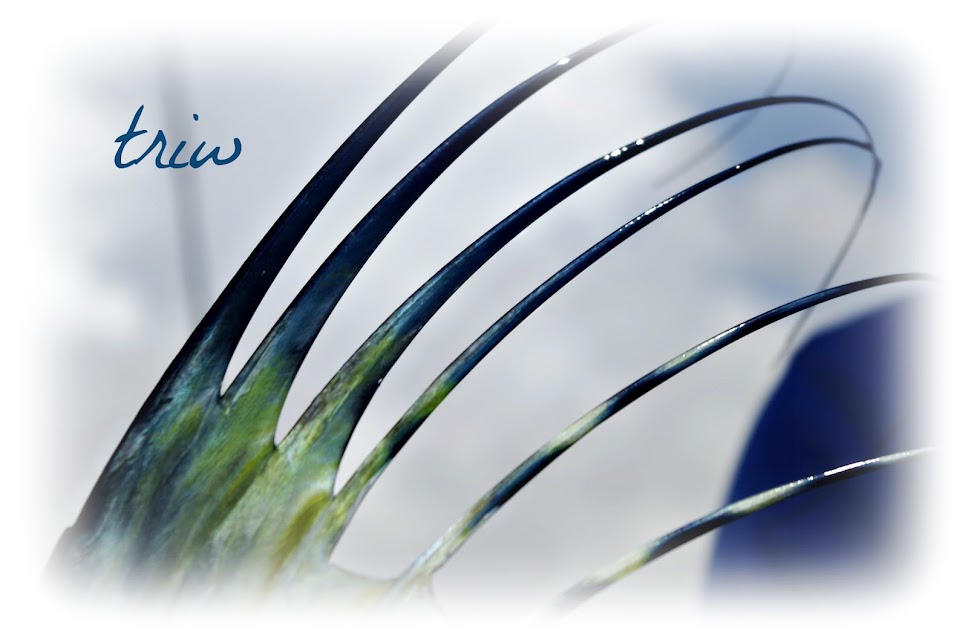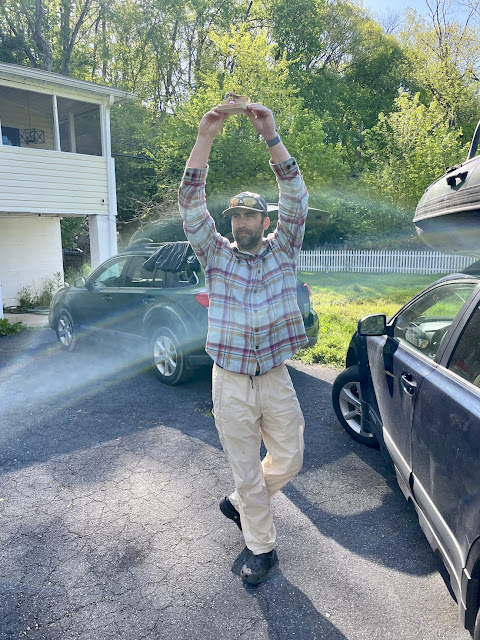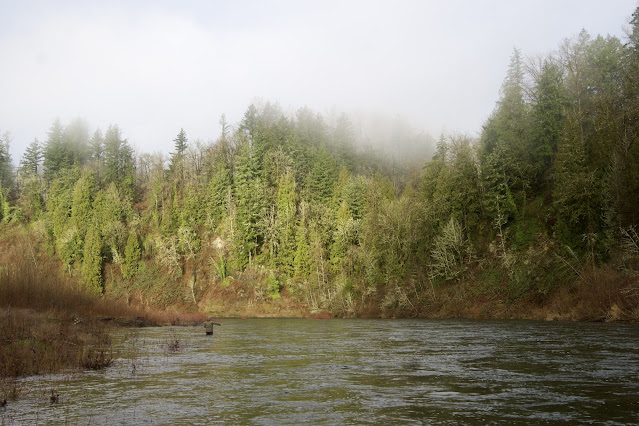Thursday, July 3, 2025
The Old Man
Friday, April 25, 2025
Palooza
8th Annual...
The trophy was conceived well after the fact. After multiple years of jokingly contesting the largest "chub," during our annual "Smalliepalooza" pre-spawn extravaganza, my buddy Dan Dow decided to create a trophy. The basis of the trophy was formed out of various gear found during a day on the water. In this case, a chatter-bait and the classic red/white bobber. A few blocks of spare wood and a black sharpie rounded out its overall vibe. It was also renamed to the "Bass of the Year," or simply of the weekend's palooza. The trophy added some extra incentive to our 8th annual gathering. What started as a spring trip with my brother has slowly morphed into a planned multi-day event, a non-stop group chat, and a guest list of almost 20 names. As usual, that guest list gets smaller and smaller as the actual date of fishing approaches. Middle aged men with families don't fare well with actually showing up. For those that do, it can be some of the best, most fun, and exhausting fishing of the year. This year we had three new people join the fray with my brother's long time friend Travis marking his first time fly fishing with several nice bass. I think we're still working on balancing sun up to sun down fishing with leisure, food, and drinks thrown into the mix. We are also looking on expanding to multiple waterways despite thoroughly enjoying what this creek has to offer. If you know, you already know...
Tuesday, March 4, 2025
Through the Desert
Wednesday, February 19, 2025
A New Year and a New River
In the winter of 1781-1782 Mt. Hood erupted sending hot pyroclastic flows and a lahar down the Sandy River basin radically altering the landscape. The lahar filled the river’s channel and covered an old growth forest with 26 ft. of volcanic ash, mud, sand, and debris. When Lewis and Clark arrived at the river’s delta entering the Columbia, the river was still recovering from the immediate aftermath of the eruption and devastation of the lahar. Therefore, the name they gave this system reflected what they saw and learned from indigenous tribes. The river has since reclaimed its bed but the remnants of the Old Maid eruption period are still highly visible when floating down the lower sections of the river as it carves its way towards the Columbia. The river’s native steelhead populations, like they have for eons, adapted to this changing environment because the eruption is a naturally occurring process. On the other hand human industrialization, clearcutting, hatcheries, and the damming of the river had a much larger negative impact on the system and the entire PNW. Nonetheless, the steelhead persisted. Over the years, I heard a lot about the Sandy River and was always looking forward to one day fishing it.
Over the new year, I was fortunate to spend the first few mornings gearing up in the dark surrounded by moss covered trees and the sounds of a high Sandy River. With each passing minute, new light illuminated the day’s playground and conditions. Having never been on the Sandy, each bend revealed rapids, runs, and buckets to swing through with the ever present hope that my fly would intercept with a steelhead’s journey. It was a constant state of optimism and anticipation. As John Buchan once said, “a perpetual series of occasions of hope”. Looking back on it, the river, and the hunt, are all just one big metaphor for life and the new year ahead.













